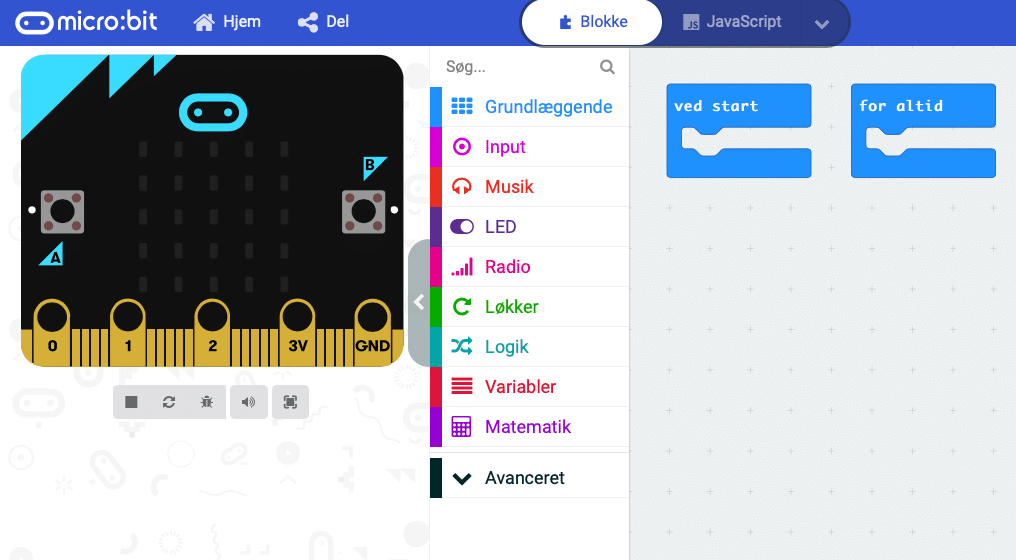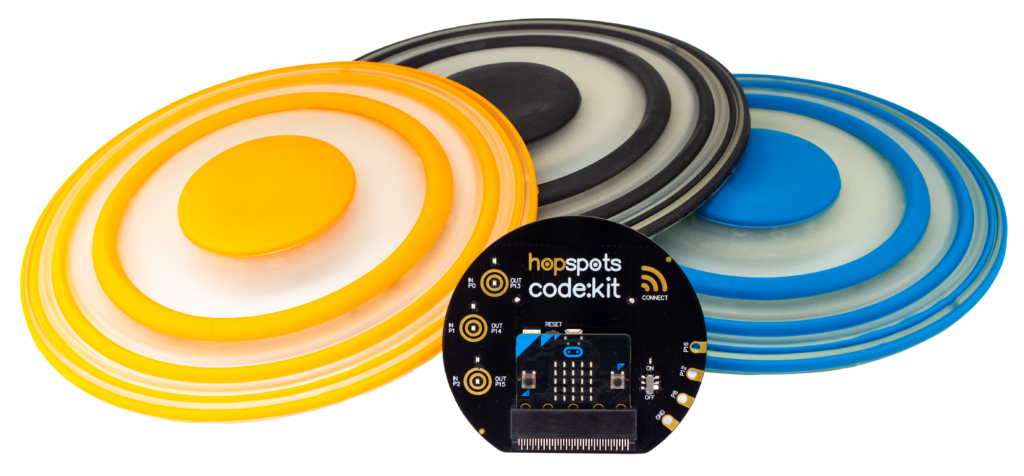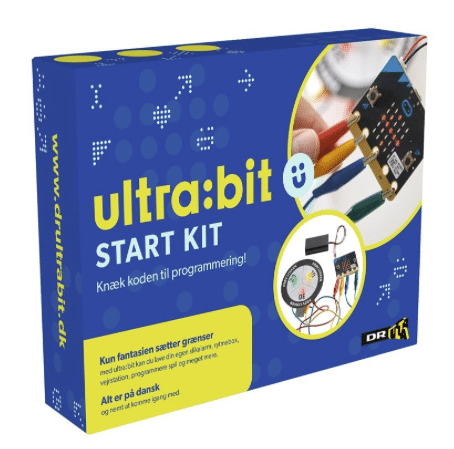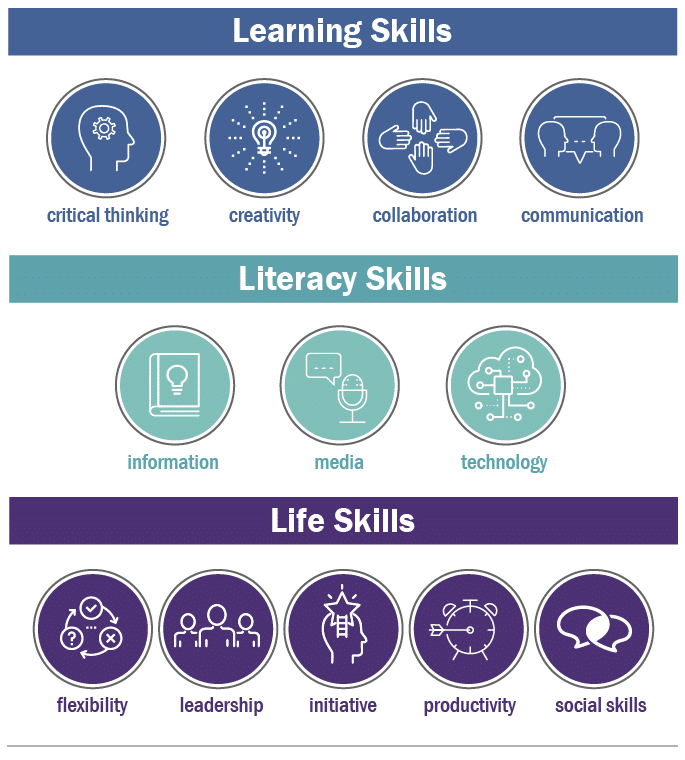Weshalb Coding und Bewegung kombinieren?
Warum ist es wichtig, programmieren zu können?
In den nächsten 10 Jahren müssen Angestellte in 9 von 10 Jobs eine Vielzahl an digitalen Fähigkeiten besitzen und auch in der Lage sein, die Technologien von morgen zu gestalten. Deshalb ist es so wichtig, dass Schülerinnen und Schüler programmieren lernen und dass ihnen digitale Kompetenzen vermittelt werden. Programmieren fördert die Kreativität und kooperative Eigenschaften und unterstützt eine problemlösende Denkweise. So werden die Schüler darauf vorbereitet, Technologien herzustellen und zu gestalten, anstatt sie nur zu konsumieren.

Weshalb Coding mit Bewegung verbinden?
Wir haben uns vorgenommen, das Programmieren mit der physischen Welt zu verbinden, damit es nicht nur auf einem Bildschirm oder in einem Roboter stattfindet. Die interaktiven Hopspots-Steine ermöglichen einen vielseitigeren und engagierteren Unterricht und gestalten das Programmieren motivierend und unterhaltsam.
Mit zwei Erweiterungen für die Hopspots-Steine, dem Hopspots Code:kit und dem Hopspots Key:connector, kann man programmieren und eigene Spiele erstellen. So bekommt Coding noch einen weiteren Zweck: dass die Schüler zusammen mit ihren Klassenkameraden eine physische Aktivität durchführen.
Das Hauptziel von Hopspots ist es, Bewegung mit Lernen zu verbinden, ganz gleich, ob es dabei um fachliches Lernen, Technologieverständnis, Zusammenarbeit, 21st Century Skills oder etwas ganz anderes geht. Durch körperliche Aktivität, Gamification und Spiel wird der Unterricht unterhaltsamer und bezieht die Schüler in erhöhtem Maße in diesen mit ein.
Coding geht über den Bildschirm hinaus
Das Ergebnis des Programmierens am Computer wird in die reale Welt übertragen, wo die Kinder ihre interaktiven Spiele auf den Hopspots-Steinen spielen können. So erfahren sie das Ergebnis ihrer Coding-Arbeit am eigenen Körper und können ihre Freunde herausfordern. Das Hopspots Code:kit verbindet die Spielsteine mit Micro:bit und Scratch und macht Coding verständlich und einfach.
Micro:bit im Unterricht
Der beliebte Einplatinencomputer Micro:bit kann mit Hopspots Code:kit erweitert werden. Die Schüler können so ihre eigenen Spiele auf dem Bildschirm programmieren und sie zusammen mit ihren Klassenkameraden auf den Hopspots-Steinen spielen, die auf Berührung reagieren und in einer Vielzahl von Farben leuchten. Die Schüler können somit Aktivitäten erstellen, bei denen das Produkt ein fertiges Ergebnis und eine Aktivität an sich ist.
.
Was lernen die Schüler davon?
Auf diese Weise Spiele zu entwerfen, fordert die „21st Century Skills“ der Kinder heraus. Und durch Spiel und Spaß werden sie mit Fähigkeiten ausgestattet, die sie befähigen, in der hochtechnologischen Zukunft zurechtzukommen.
Der Designprozess fördert u. a. kritisches Denken, Kreativität und Problemlösung, während das eigentliche Programmieren das „Computational Thinking“ stärkt, digitale Kompetenzen schult und technologische Handlungsfähigkeit fördert.
Wenn das Spiel wie gewünscht funktioniert, testen die Schüler es, wobei auch Bewertung und Reflexion ins Spiel für mögliche Weiterentwicklungen.
Durch Spiel und Bewegung werden die Kinder zum Lernen motiviert – ganz gleich, ob es dabei um den Aufbau von Technologieverständnis durch die Arbeit mit dem Code:kit, um fachliches Lernen z. B. anhand der Spiele in der Hopspots-App oder um das Programmieren von Lernspielen mit dem Code:kit und Micro:bit geht.



